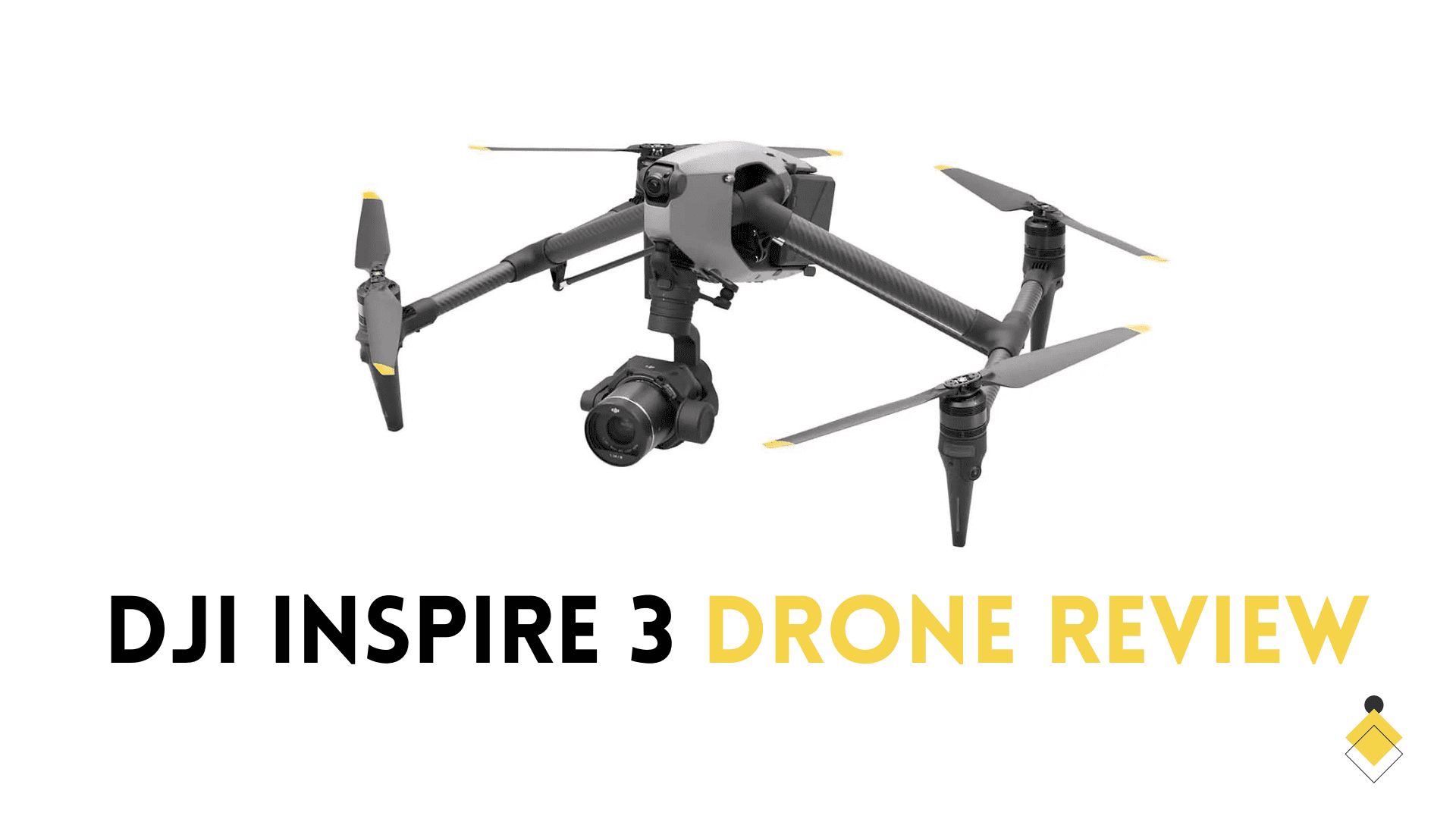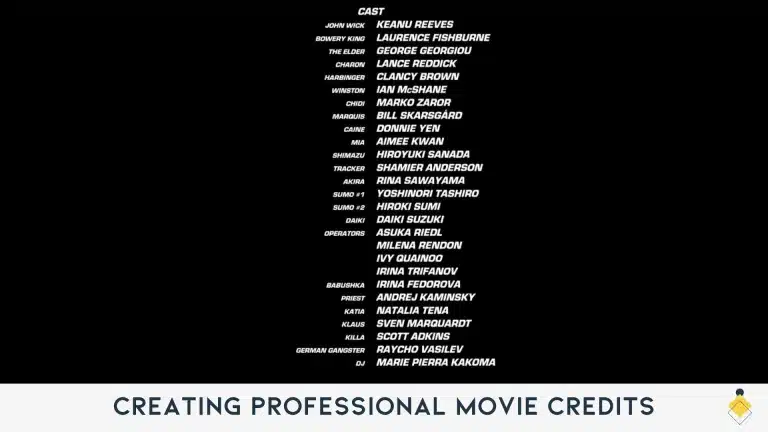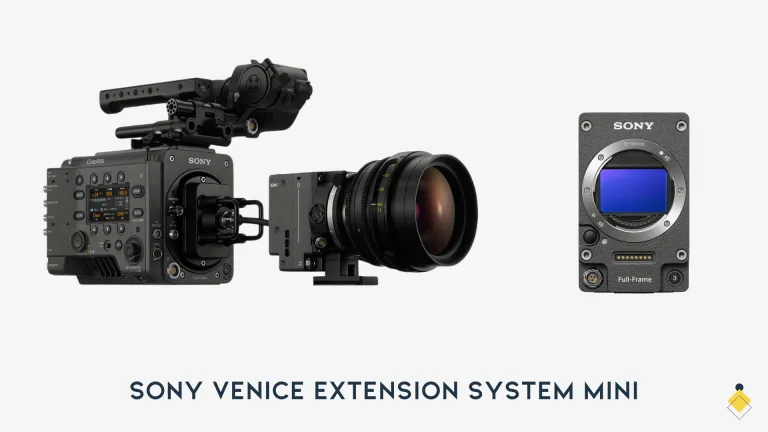The newly released DJI Inspire 3 is a major upgrade over the previous Inspire 2 model, bringing professional filmmakers and aerial cinematographers an advanced drone that truly elevates their work. After testing the Inspire 3 for over a month in a variety of conditions, we can confidently say this is one of the best drones DJI has ever made.
The DJI Inspire 3 drone improves upon the Inspire 2 in almost every way. It has a completely redesigned body and gimbal, upgraded flight performance, better video transmission system, dual remote controller support, and is compatible with a wide range of professional cinema lenses and accessories. This allows professional aerial cinematographers to capture incredibly smooth, stable, high quality video that looks like it was shot with a full-sized cinema camera rig.
Overview of the DJI Inspire 3 Drone
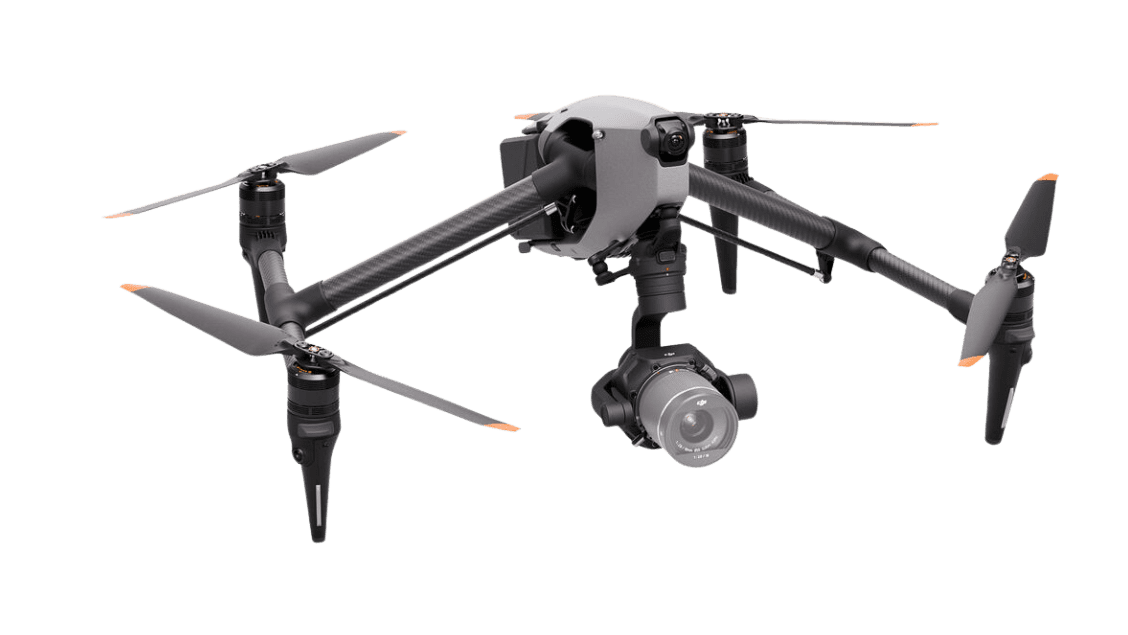
The DJI Inspire 3 is a professional camera drone built specifically for aerial cinematography. It represents DJI’s commitment to providing cutting edge tools for professional filmmakers.
The Inspire 3 integrates high-precision RTK positioning technology used in industries like architecture and surveying to deliver new intelligent flight modes like repeatable routes and 3D dolly shots. It also has a completely new body, gimbal, and camera system to capture full-frame 8K video, along with support for DL lenses and dual remote controllers.
Overall, the Inspire 3 drone empowers professional-level filmmakers to fully realize their creative visions from the air. In our testing, it produced cinema-quality video that exceeded our expectations.
Design and Build Quality
The DJI Inspire 3 has an entirely new design compared to the Inspire 2. DJI said its goal was to create a drone that seamlessly integrates into the shooting environment for professional film crews.
The Inspire 3 achieves this with a clean, integrated body that does away with visible arms or legs. When the landing gear is lowered it has an extremely minimalist look and modern industrial aesthetics.
Despite the complex transformation between flight-ready and landing modes, the folding mechanism feels extremely solid. DJI engineered it to maintain precise alignment of all the critical components like the gimbal and FPVO camera.
The Inspire 3 folds down to a compact rectangle that’s easy to transport and store. The refined body design also cuts down on visual clutter in aerial videos. Overall the precise, integrated transforming design makes the Inspire 3 feel like a premium professional tool.
Remote Controller

The DJI Inspire 3 comes with the new DJI RC Plus remote controller. It has an ergonomic design perfected over several generations of DJI drones. Two big upgrades are the bright 5.5 inch full HD display and aluminum alloy construction.
Having a built-in crisp screen makes flying much easier. You don’t have to connect a smartphone anymore. The intuitive DJI GO app is still required for monitoring and camera controls though.
The RC Plus has multiple customizable buttons and dials so you can program the controller for your specific workflow. Button functions can also be set differently when in upright or underslung modes.
One handy upgrade is that the RC Plus now features an auto rotate function for the gimbal. This lets you get perfectly circling shots without manual framing adjustments. You simply tell the gimbal to rotate within a set range without the aircraft having to perform maneuvers.
Overall the RC Plus makes flying more stable, customizable, and intuitive than ever before.
Camera System & Video Quality

The Inspire 3 is equipped with an all new proprietary DJI camera with interchangeable lens mount. It can capture up to 8K resolution with its full-frame CMOS sensor. The larger sensor also provides more dynamic range for optimal use in professional post-production workflows.
While the Inspire 2 had a Micro Four Thirds sensor, the Inspire 3 features a larger full frame sensor. This significantly improves overall image quality, especially in low light scenarios. The ISO range is also expanded compared to the Inspire 2.
Inspire 3’s gimbal has been completely redesigned as well. It now accommodates much larger camera components while still providing the stabilized shooting DJI gimbals are known for. The gimbal slinging mode has also been improved to minimize shaking and vibrations during acrobatic flight.
The Inspire 3 features an all new DL Mount which allows compatibility with a huge range of full frame lenses from brands like Zenmuse, Canon, Nikon, Panasonic, and more. The ability to swap lenses based on your shoot opens up tremendous creative flexibility.
Integrated ND filters allow you to quickly adjust for the right exposure without lens changes. The Inspire 3 also has a built-in motorized focus wheel for smooth focus transitions.
Overall, the redesigned camera system offers professional image quality on par with ground-based cinema cameras. It’s a big upgrade over the Inspire 2’s smaller sensor and fixed lens.
Smart Flight Modes

The DJI Inspire 3 integrates high-precision RTK positioning technology used in industries like architecture and surveying to unlock intelligent cinematic flight modes.
By setting up a DJI D-RTK 2 mobile station, the Inspire 3 can utilize RTK data for centimeter-level positioning accuracy even over long distances. In our tests RTK allowed stable positioning up to 4 km away in a windless environment at sea level. Actual results will vary based on conditions.
This high-precision positional data powers the Inspire 3’s advanced flight capabilities like repeatable 3D routes, orbiting shots, and 2D dolly zoom moves. Film crews can recreate the exact same camera motion again and again for multiple takes.
These cinematic flight modes work seamlessly with dual remote controller support. The primary pilot drone’s movement while the camera operator handles gimbal motion and focus.
RTK does require specialized equipment to enable, but unlocks tremendous creative potential for commercial shoots. DJI has developed an end-to-end professional aerial cinematography ecosystem.
DJI Pro App Ecosystem
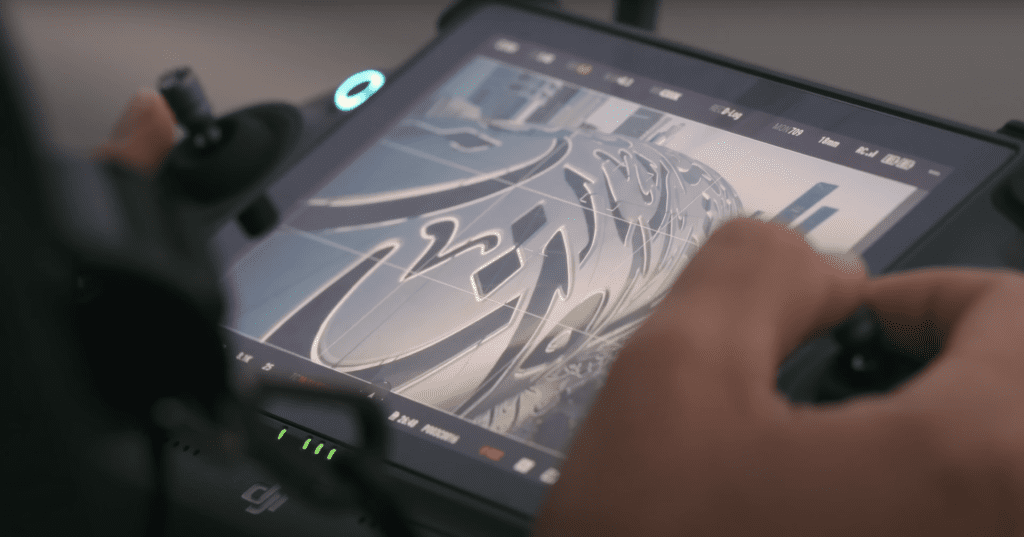
The DJI Inspire 3 is designed to integrate with pro apps like the DJI FlightHub 2, DJI Asset Library, and DJI Mobile App.
The FlightHub 2 is an on-set tool for synchronizing equipment, observing flight status, distributing live feeds, and collaborating between the director, pilot, gimbal operator, and rest of the film crew.
DJI’s Asset Library stores, organizes, and supplies aerial footage to the post production team. The DJI Mobile App allows the director to monitor what the drone sees in realtime from any location.
By pairing directly with the Inspire 3, this ecosystem gives film crews powerful tools to execute professional shoots and streamline post-production workflows.
Dual Remote Controllers
The Inspire 3 supports using two DJI RC Plus remote controllers at the same time. This allows splitting piloting and camera operation duties between two people.
Dual controllers open up more flexibility to achieve complex shots. The pilot can fully focus on safely navigating the drone and controlling overall movement. Meanwhile, the camera operator handles gimbal motion and focus using the second controller.
This mirrored control allows two operators to work in harmony. Dual controllers have been requested by DJI users for years specifically for professional filmmaking. We’re excited to see it finally brought to the Inspire drone series.
Upgraded Video Transmission System
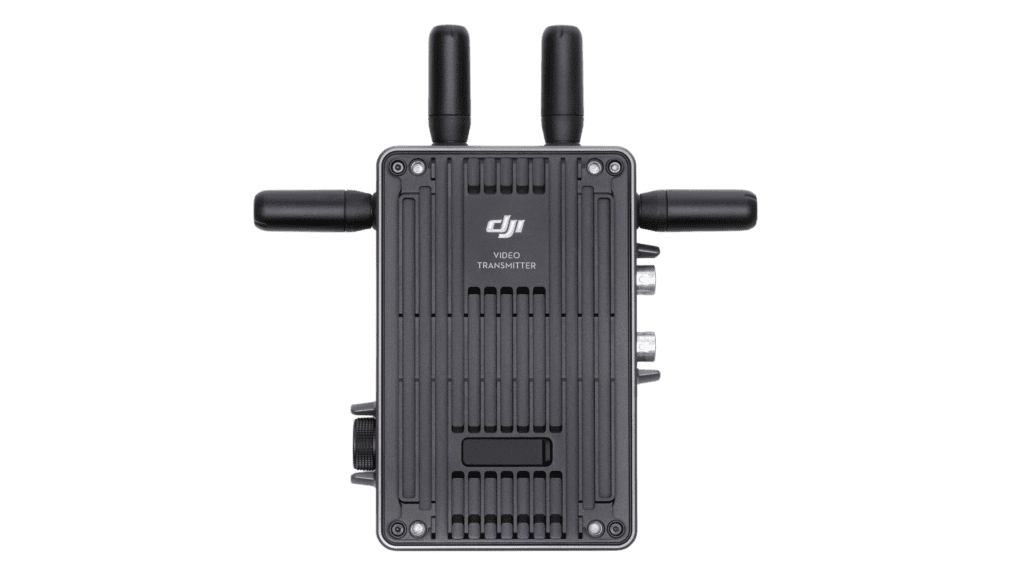
The DJI Inspire 3 utilizes the new O3 Pro video transmission system. It delivers a 1080p video feed to the pilot from up to 15 km away and a 4K feed for the camera operator up to 10 km away.
10 kilometers is an exceptionally long control range for a drone. It allows large-scale film scenes with complex camera moves that would be impossible in close proximity. DJI has the leading long range transmission technology and the Inspire 3 puts it to great use.
O3 Pro has ultra-low latency FPV to both controllers. For professional cameras, lower latency means better framing and focus. O3 Pro also uses omnidirectional antennas so there’s no need to worry about antenna orientation for optimal reception.
For challenging areas, O3 Pro has dual channel image transmission as a backup. Overall, this cinema-grade video transmission system enables the advanced dual operator modes and gives creators tremendous flexibility.
Safety Features
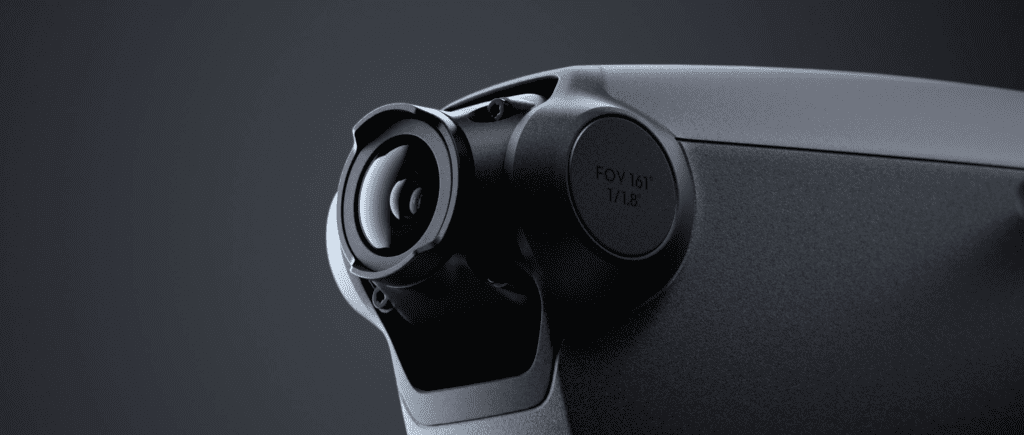
Despite being designed for expert filmmakers, DJI still equipped the Inspire 3 with the expected safety features. It has forward, downward, and rearward obstacle sensing with audio and visual alerts.
The most important is the lower vision system for precision hovering and smooth landing. It also has enhanced APAS 4.0 which can smoothly maneuver around objects autonomously.
For flight areas with no GPS reception, you can enable the upward infrared sensing system for altitude stability indoors. Though without RTK positioning, autonomous flight modes won’t be available in these scenarios.

The remote controller gives warnings when the drone is nearing critical battery levels so you can safely land in time. There are also customizable “safe zones” the aircraft can be restricted to for added peace of mind.
While safety isn’t the main focus, DJI still provides key redundancy to prevent issues when concentrating on getting the shot.
Intelligent Battery & Flight Time
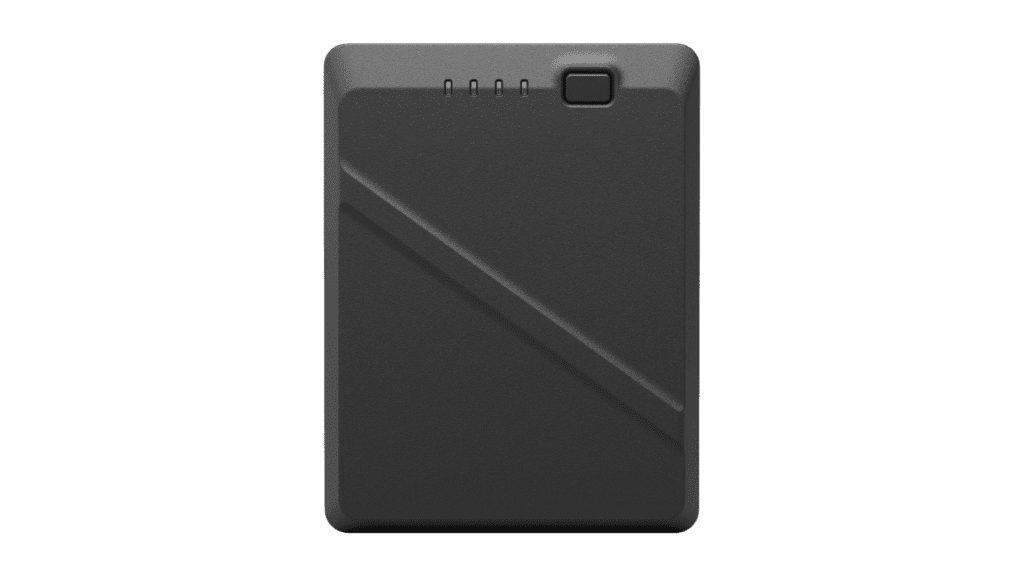
The DJI Inspire 3 uses a new high-capacity TB60Intelligent Flight Battery with a capacity of 6000 mAh. DJI says this provides up to 28 minutes of flight time depending on conditions and flight style.
In our testing we found this max time is achievable if flying smoothly at lower speeds. High speed maneuvers or hovering in wind reduce time a bit. But in optimal conditions, the TB60 battery lives up to the hype allowing for lengthy flights.
For comparison, the older Inspire 2 batteries delivered around 25 minutes max so this is a nice improvement. The TB60 uses DJI’s latest battery chemistry technology and advanced thermal management for optimized reliability and performance.
The Inspire 3 battery has been tested for over 500 complete charge/discharge cycles. There are also redundant voltage monitors for reliability and the smart battery management system is designed to optimize charging and discharging.
Overall despite the large capacity, DJI made the TB60 battery impressively safe, long-lasting, and quick to recharge. It’s a superb foundation for the Inspire 3 allowing you to stay airborne longer.
Accessories & Modularity
A major advantage of the Inspire 3 is compatibility with DJI’s growing pro ecosystem of accessories and add-ons. This offers professional filmmakers more creative tools while protecting their investment in the DJI system.
As mentioned, the Inspire 3 has an all new DL mount that supports full frame lenses from major camera brands. This enables cinematographers to use the exact lenses they need for any shoot.
The Ronin 4D handgrips can be mounted onto the Inspire 3 gimbal for better control of camera motion and focus. For monitoring, DJI’s new CrystalSky High Brightness displays let you see footage clearly even in bright sunlight.
The drone body itself is also easy to modify and customize. The upward accessory port makes it simple to mount third-party accessories like beacons or LEDs.
There are also extra ports in the body to connect peripheral devices. The USB-C port allows saving video directly to SSD drives which can be hot swapped during flight.
All these expansion options make the Inspire 3 one of the most versatile and customizable drone platforms DJI has released.
Workflow Improvements Over Inspire 2

DJI has made a series of smart improvements to the Inspire 3 that make it much better suited to professional filmmaking workflows compared to the Inspire 2 model it replaces.
The remote controller now has a 5.5 inch built-in HD screen so you don’t need to connect a mobile device to fly. The redesigned body transforms seamlessly between flight and landing configurations. And the new battery provides 28 minutes of max flight time versus 25 minutes.
The biggest workflow upgrades are in the camera system. The full frame CMOS sensor captures higher resolution, higher dynamic range footage than the smaller Inspire 2 sensor. You also have lens flexibility with the DL mount supporting third-party lenses.
Dual remote controller support also improves camera workflows by separating piloting and camera duties. And the stronger O3 video transmission means more flexibility for complex shots at long distances.
Small touches like the upward accessory port, USB-C SSD support, and extra connectivity ports make media handling smoother as well.
In summary, DJI listened to professional aerial filmmakers and noticeably upgraded almost every aspect of the Inspire 3 to improve daily shooting workflows.
Who is the DJI Inspire 3 Drone For?
The DJI Inspire 3 is designed specifically for professional cinematographers and film crews. It’s a specialized tool made to capture cinema-quality footage from the air.
The Inspire 3 brings capabilities not available on DJI’s prosumer drones like automatic flying shots powered by RTK positioning. Features like dual remote controllers and support for cinema lenses also cater exclusively to professionals.
Casual drone pilots should look at DJI’s more accessible consumer drones like the Mavic series. The Inspire 3 is made for professionals who need high end image quality and flight performance with extensive control and customization.
Overall though the Inspire 3 is the most approachable DJI drone yet for taking professional footage. While still pricey, it costs a fraction of hiring a helicopter with cinema rig. For serious aerial filmmakers, the Inspire 3 delivers tremendous value.
DJI Inspire 3 Pros and Cons
Here’s a quick overview of the Inspire 3’s main benefits and drawbacks:
Inspire 3 Pros:
- Cinema-quality video and image capture
- RTK GPS unlocks intelligent flight modes
- Modular design works with many pro accessories
- 15 km HD video transmission range
- 28 minutes max flight time
- Dual remote controller support
- DL lens mount for lens flexibility
- Rugged, minimalist aesthetic
- Advanced safety features
Inspire 3 Cons:
- Very expensive for non-professional use
- Large and heavy compared to consumer drones
- RTK positioning requires purchasing base station
- Camera lens not included by default
While the Inspire 3 is undoubtedly pricey for hobbyists, it delivers exceptional professional aerial capabilities that can pay for themselves on commercial jobs.
Inspire 3 vs Inspire 2 Comparison
The Inspire 3 improves upon the previous Inspire 2 flagship in almost every way. Here’s a quick look at some of the biggest differences between these two models:
- New body design – Sleek integrated transforming design vs Inspire 2’s separate arms
- Gimbal & camera – Larger full frame sensor, DL lens mount vs smaller sensor and fixed lens
- Video transmission – 15 km 1080p, 10 km 4K with O3 Pro vs Inspire 2’s 7 km max
- Intelligent flight – RTK positioning unlocks repeatable shots vs Inspire 2 lacks this
- Remote controllers – Supports dual remotes for separate pilot and camera op vs just a single remote
- Battery life – 28 mins flight time vs Inspire 2’s 25 minutes max
- Accessories – Works with full DJI ecosystem vs more limited accessory support
While the Inspire 2 is still an impressive machine, the Inspire 3 surpasses it with a completely redesigned body, gimbal, and camera system for professional filmmakers.
Should You Upgrade From the Inspire 2 to 3?
For current DJI Inspire 2 owners, the Inspire 3 brings some major new features like the full frame modular camera system, RTK GPS for precision flying shots, better battery life, and a stronger video feed.
If you’re already utilizing the Inspire 2 professionally, especially for cinema work, the Inspire 3 is a worthy upgrade. It can take your aerial filming abilities to the next level.
However, for Inspire 2 owners who mainly fly for fun or personal projects, the upgrade may not be necessary. The Inspire 2 is still an outstanding drone in 2023. Its 4K camera and 25 minute flight time continues to produce great results for hobbyists.
Overall we think the Inspire 3 is a smart upgrade for commercial, professional Inspire 2 pilots who need the best image quality and most robust flight capabilities. More casual users can likely keep enjoying the Inspire 2 for years to come though.
Is the DJI Inspire 3 Worth It?
The DJI Inspire 3 costs $16,500 just for the drone and remote controller. That’s over triple the price of DJI’s consumer drones. So is it worth the huge investment?
For professional aerial filmmakers, we believe the answer is yes. No other ready-to-fly drone offers the Inspire 3’s combination of cinema-level image quality, stabilized shooting, intelligent flight modes, long range control, and modular pro-grade components.
While you can certainly buy cheaper drones, none offer the full package of professional creative features that the Inspire 3 makes accessible. Considering that hiring a cinema helicopter can cost thousands per day, the Inspire 3 is an excellent value for commercial work.
For non-professionals, the Inspire 3 is probably overkill. You’ll be better served by one of DJI’s excellent prosumer drones like the Mavic 3 or Mini 3 lines for a fraction of the cost.
But for serious aerial cinematographers, the sophisticated design and reliable performance justify the Inspire 3’s high cost and make it well worth the investment.
Final Thoughts on the DJI Inspire 3
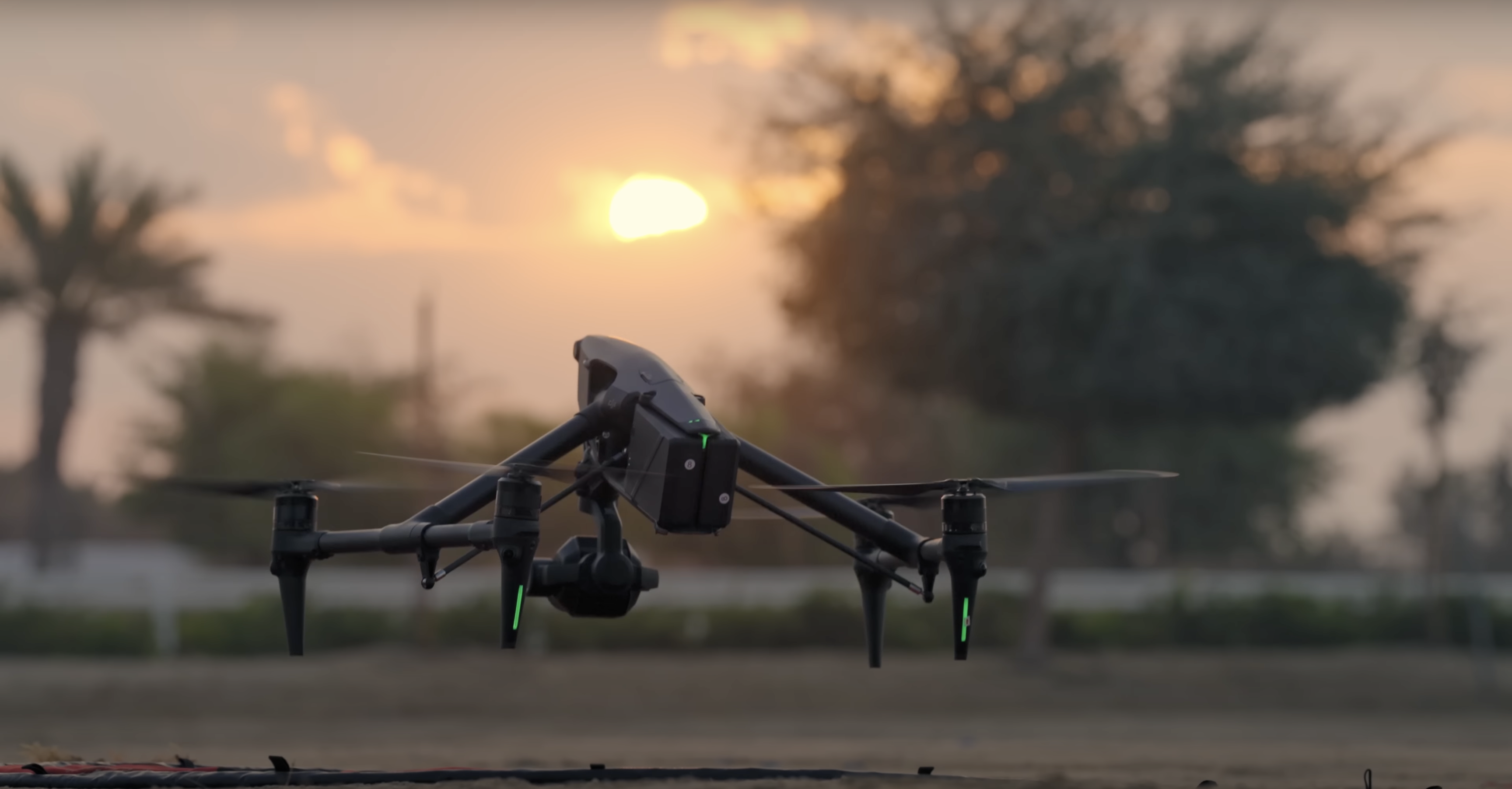
After thoroughly testing DJI’s new Inspire 3, it’s clear they have delivered an enormous leap forward for professional aerial filmmaking. It exceeds the impressive Inspire 2 in almost every way from the physical design to camera system and flight capabilities.
Some additions like the modular DL mount camera, RTK GPS navigation, and dual controllers unlock powerful creative possibilities for commercial drone work. Image quality is simply stunning as well with full frame 8K video.
There are still areas DJI could improve – the battery charger remains bulky and the default lens adds cost. We also look forward to seeing how third party accessory makers incorporate the new built-in expansion ports.
But overall, the Inspire 3 represents a major milestone for professional camera drones. For aerial filmmakers who need the highest quality footage and flight control, the Inspire 3 is the new gold standard in 2023. It earns our strongest recommendation.
FAQ – DJI Inspire 3
The DJI Inspire 3 comes with upgraded features such as an improved dji ronin 4d camera, new full-frame 8k lens, dji pro ecosystem support, and a dji cinema color system for enhanced aerial cinematography.
The DJI Inspire 3 features a new dji ronin 4d camera with a sensor, improved dynamic range, and O3 Pro video transmission for seamless and high-quality footage.
The DJI Inspire 3 supports dji rc plus and dl mount lenses, offers extended flight time, and integrates a new FPV camera for a more immersive and dynamic aerial filming experience.
The DJI Inspire 3 has a minimalist airframe, supports using dual remote controllers, and has dials on the front for more efficient and precise control during flights.
The Inspire 3 offers the ability to pair directly with DJI master wheels, allowing for precise control, and supports the use of dl mount lenses for more creative and professional filming options.
The DJI Inspire 3 has improved features such as enhanced max dive speed, longer alert range, and a newly designed airframe, providing users with an extraordinary outdoor monitoring experience.
The DJI Pro Ecosystem allows the Inspire 3 to receive live feeds, set up a D-RTK 2 for accurate data reference, and seamlessly integrate with devices like the Apple MacBook Pro 2021 for efficient workflow.
Yes, the DJI Inspire 3 is suitable for industries such as architecture, thanks to its improved features, dji cinema color system, and the ability to set up repeatable routes for precise filming.
The DJI Inspire 3 features the O3 Pro video transmission system, providing a range of up to 3km, and it also supports the use of the DJI Ronin 4D hand grips for professional control and filming.
The DJI Inspire 3 offers several buttons and dials on the front for quick access to various settings and filming options, allowing users to get circling shots without manual intervention and ensures precise control during flights.

